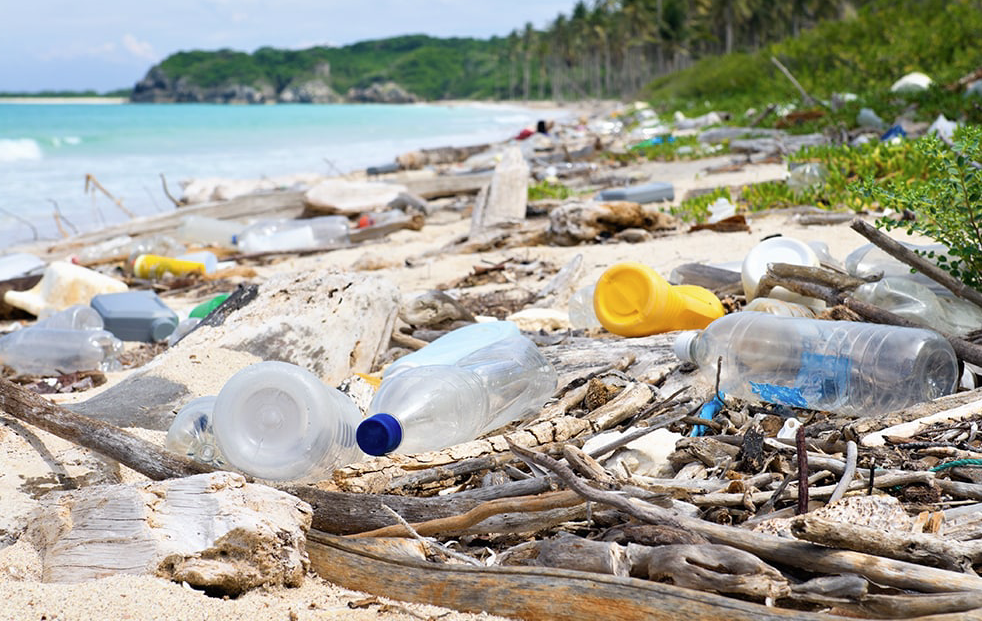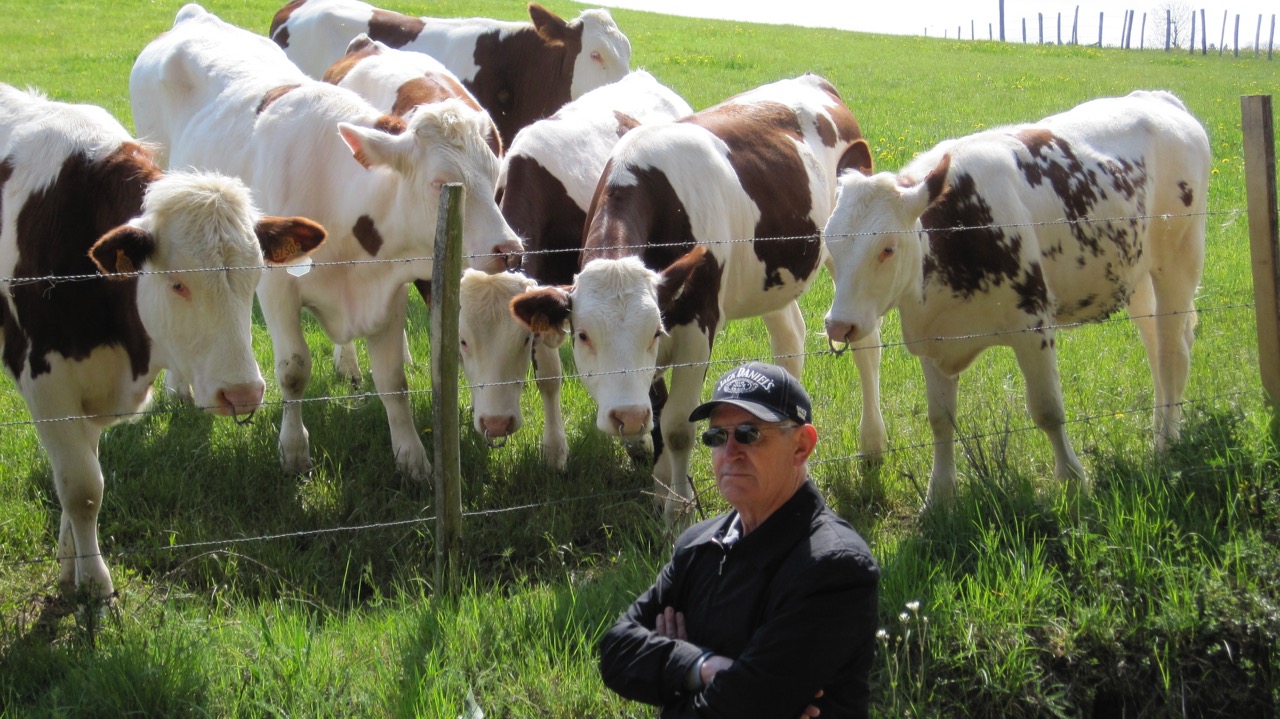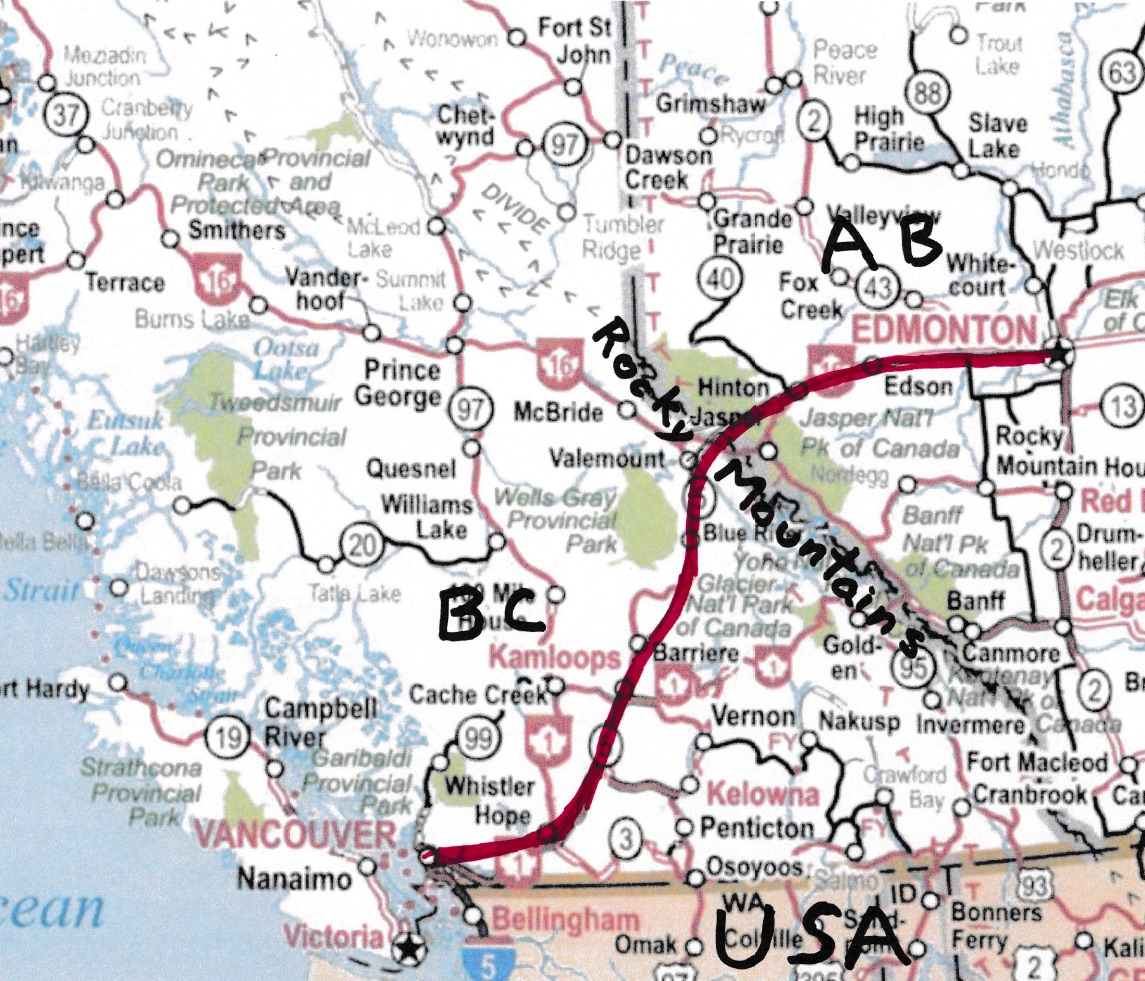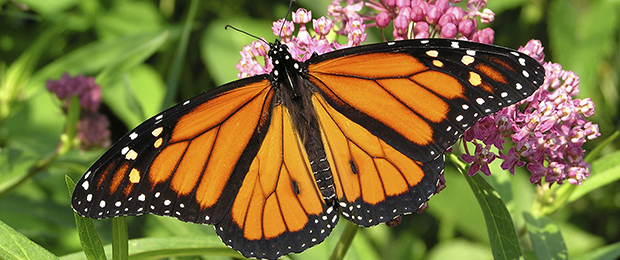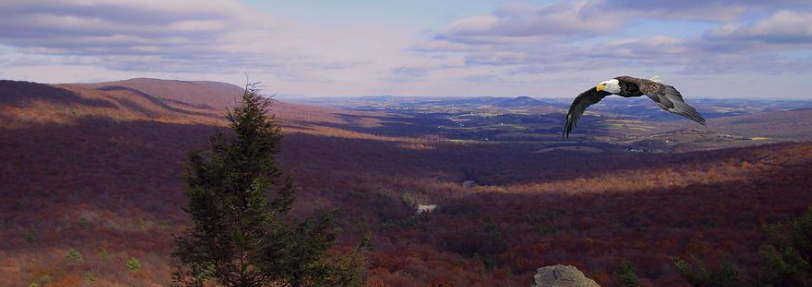Proteins are made up of long chains of amino acids, which are essential building blocks for the body. There are nine essential amino acids that the body cannot produce on its own and must be obtained from the diet. These essential amino acids are required for the synthesis of proteins that support tissue growth and repair, hormone and enzyme production, immune system function, and other physiological processes. Dietary protein also plays a crucial role in muscle protein synthesis, which is the process by which the body repairs and builds new muscle tissue.… Read the rest “The Environmental Footprint of Protein”
environment
Geothermal, a continuous, infinite, energy source without greenhouse gases or radioactive waste
UPDATED
How can we produce enough energy to live well without creating a level of greenhouse gases that generates an increasingly hostile climate? Alternative energy sources like wind and solar are part of the answer, but it isn’t going to be easy to replace the massive quantities of energy currently derived from non-renewable sources such as coal, natural gas, and oil. A useful hub for information on ‘green energy’ sources, defined as those that do not increase the world’s output of carbon to the atmosphere, can be found here.… Read the rest “Geothermal, a continuous, infinite, energy source without greenhouse gases or radioactive waste”
can bacteria save us from plastic armageddon?
UPDATED (Twice)
In the iconic 1967 movie “The Graduate”, an avuncular businessman takes aside 21-year old college graduate Benjamin Braddock, played by Dustin Hoffman. He wants to give Ben some advice on where to aim his future. With his right arm draped over his shoulder, Mr. McGuire intones, “I just wanna say one word to you.” And then, “Just one word. Plastics”. “There’s a great future in plastics.”
For all his plasticness, Mr McGuire was right.… Read the rest “can bacteria save us from plastic armageddon?”
Is Air Conditioning Going to Become Futile?
Rooftop air conditioning units, midtown, Manhattan. Imagery Google Maps, ©2019 Bluesky, Maxar Technologies, Sanborn, USDA Farm Service Agency, Map data ©2019
A hot day in New York City
People who were there will remember Saturday, July 20, 2019, as a really hot day in New York City. Although it was not the hottest day on record, the temperature at Kennedy airport reached 96ºF (36ºC). On the street at Union Square in Manhattan, a large thermometer (known as BAT, the “Big-Ass Thermometer”) registered a murderous 110ºF.… Read the rest “Is Air Conditioning Going to Become Futile?”
Why we should burn garbage
The Waste-to-Energy plant “Amager Bakke” in Copenhagen, Denmark. Photo credit Niels Quist/Alamy stock photos.
Most people do not enjoy talking, or reading, about garbage. For one thing, it’s boring. But it’s also disturbing: garbage imposes great costs on our economy and our society. The biggest problem is simply the amount of garbage we produce. For example, in 2015, two kilograms (4.4 pounds) of Municipal Solid Waste was generated per citizen of the USA every day (MSW is the fancy name for garbage).… Read the rest “Why we should burn garbage”
We Need to Talk About Methane
UPDATED
“Livestock are responsible for 18 percent of the greenhouse gases that cause global warming more than cars, planes and all other forms of transport put together. It’s official: taking to the roads in an SUV’s got nothing on cattle flatulence . . . “ This is a direct quote from a recent web post of a climate sceptic. It restates a popular meme about climate change, favoured by conservative commentators: that man isn’t the most important agent of global warming, it’s the farting cows, stupid.… Read the rest “We Need to Talk About Methane”
BLUE-GREEN ALGAE: THE GOOD, THE BAD, AND THE UGLY
Blue-green algae on western Lake Erie on September 26, 2017. The border between the United States and Canada runs down the centre of the lake. Landsat 8 image. Source: http://spaceref.com/onorbit/orbital-view-of-algal-blooms-in-lake-erie.html
The natural history of Lake Okeechobee, at 730 square miles the largest lake in Florida, is intimately entwined with that of the surrounding Everglades. Before the twentieth century, water from the north would drain into the lake, and when the water level rose high enough, it would “sheet-drain” into the southern Everglades.… Read the rest “BLUE-GREEN ALGAE: THE GOOD, THE BAD, AND THE UGLY”
Using Numbers Instead of Adjectives to Evaluate an Economic Decision
(Updated December 6, 2023)
The discovery of oil in the province of Alberta in 1947 soon led to the desire to transport it to the west coast of Canada, and in 1953 oil began to flow through a pipeline built by the Trans Mountain Pipeline Company (route of all pipelines discused in this post in red on the map above). The pipeline took oil from Edmonton, the capital of Alberta, over the Rocky Mountains, to Vancouver on the coast of British Columbia.… Read the rest “Using Numbers Instead of Adjectives to Evaluate an Economic Decision”
The Trouble With Roundup
If there were a contest to name the most-hated chemical, Roundup, Monsanto’s brand name for the chemical Glyphosate, would have a very good chance of winning. It has been identified not only as a plant poison, but also a destroyer of monarch butterflies, an impoverisher of developing-world farmers, and a probable carcinogen. These are serious issues. But they are also complex, and I will argue, they are not settled (except for being a plant poison).… Read the rest “The Trouble With Roundup”
Malaria: No Simple Solutions
(Bald Eagle and Hawk Mountain scenery. Image courtesy of David Dehner.)
UPDATED
Hawk Mountain, a picturesque site in southeastern Pennsylvania, is on the eastern slopes of the Appalachians. These mountains create an updraft that helps raptors, large birds of prey such as hawks and eagles, on their migratory flights between their northern summer habitats and their wintering sites in the southeast United States. They are also somewhat of a bottleneck, causing large numbers of raptors to converge in their flight paths and pass over Hawk Mountain.… Read the rest “Malaria: No Simple Solutions”



